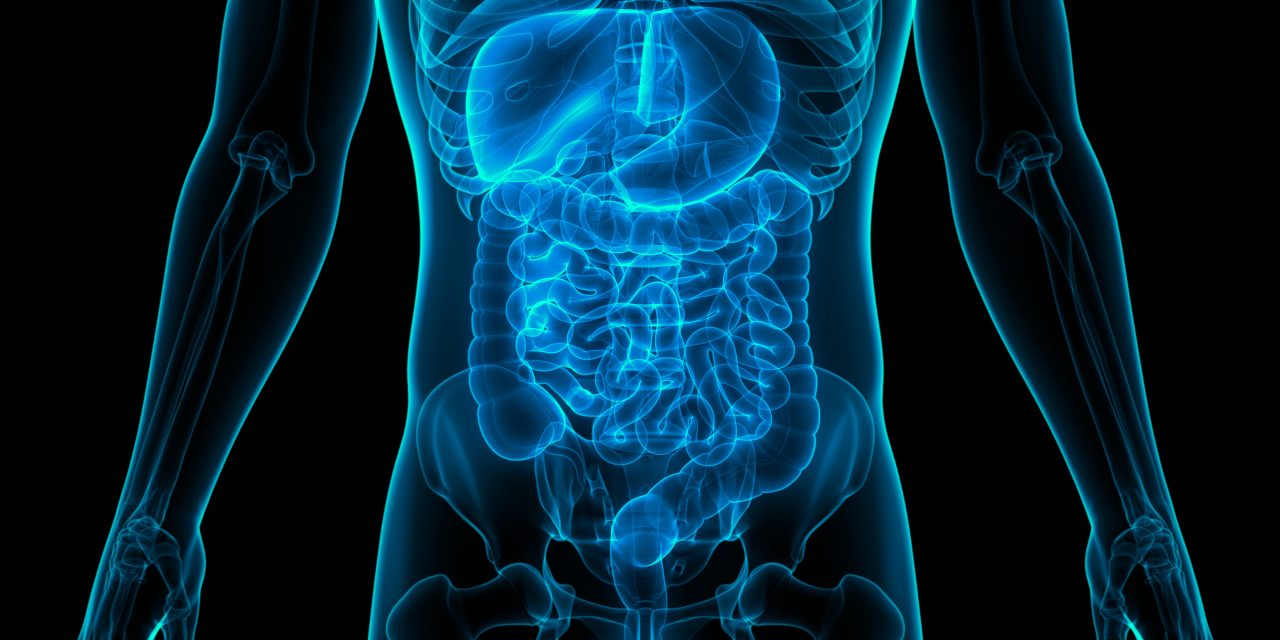The relationship of airway hyperresponsiveness to airway remodeling and inflammation in infants with wheeze is unclear.
To investigate airway hyperresponsiveness, remodeling and inflammation in infants with wheeze and troublesome breathing.
Inclusion criteria: full-term, 3-23 months of age; doctor diagnosed wheeze and persistent recurrent troublesome breathing; without obvious structural defect, suspicion of ciliary dyskinesia, cystic fibrosis, immune deficiency or specified use of corticosteroids. Airway hyperresponsiveness (AHR) was evaluated by performing a methacholine bronchial challenge test combined with whole body pletysmography and rapid thoracoabdominal compression. Endobronchial biopsies were analyzed for remodeling (thickness of reticular basement membrane and amount of airway smooth muscle) and for inflammation (numbers of inflammatory cells). Correlation analyses were performed.
Forty-nine infants fulfilled the inclusion criteria for the present study. Median age was 1.06 years (IQR 0.6; 1.5). Lung function was impaired in 39/49 (80%) children, at the median age of 1.1 years. Methacholine challenge was successfully performed in 38/49 children. Impaired baseline lung function correlated with AHR (p=0.047, Spearman). In children with the most sensitive quartile of AHR, the percentage of median bronchial airway smooth muscle % and the number of bronchial mast cells in airway smooth muscle were not significantly higher compared to others (p=0.057 and 0.056 respectively). No association was found between AHR and thickness of reticular basement membrane or inflammatory cells. Only a small group of children with both atopy and AHR (the most reactive quartile) had thicker airway smooth muscle area than non-atopics with AHR (p=0.031).
These findings don not support the concept that AHR in very young children with wheeze is determined by eosinophilic inflammation or clear-cut remodeling although it is associated with impaired baseline lung function. The possible association of increased airway smooth muscle area among atopic children with AHR remains to be confirmed.
This article is protected by copyright. All rights reserved.
Airway hyperresponsiveness, remodeling and inflammation in infants with wheeze.



Create Post
Twitter/X Preview
Logout